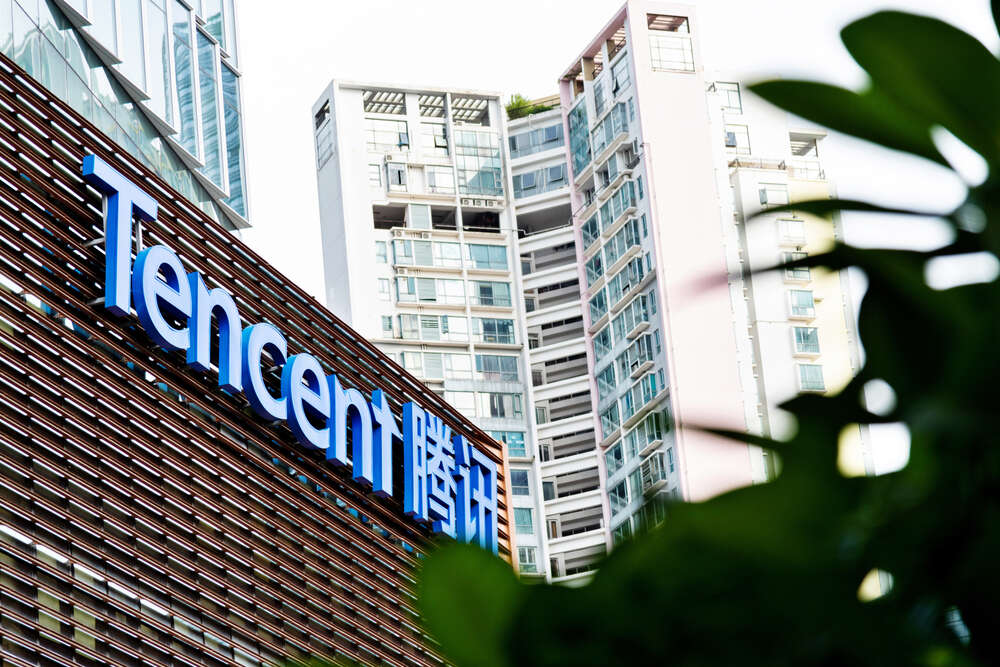
The US is losing ground to China in the race for artificial intelligence (AI) supremacy, a new report has found. The National Security Commission on AI (NSCAI) concluded last week that the US government is a “long way from being ‘AI-ready’”, warning that, “for the first time since World War II, America’s technological predominance is under threat”. Meanwhile, China, which has made it clear that its goal is to dominate the global market for AI by 2030, is steadily gaining ground by doubling down on its investment in AI research.
Historically, the US has been at the frontier of AI research, with the leading institutions and the top talent, while China has led on commercial deployment and data, according to research by think tank ITIF’s Center for Data Innovation. But the US is at risk of ceding leadership to the Asian Tiger, with knock-on ramifications for the growth of its digital economy, says Hodan Omaar, an AI policy analyst at the Center for Data Innovation.
“AI success overall is really interdependent with [the] success of other technologies – IoT, 5G, quantum computing,” she says. “If you cede leadership in AI, you cede leadership in the development and proliferation of AI products and services and that’s detrimental to the economy – if we want to accelerate digital transformation overall, the US needs to prioritise its investments in a cohesive way.”
China is getting closer to the frontier of AI research
The backbone of the US AI ecosystem is its research prowess, which has constantly drawn the top talent from around the world. Almost 30% of top-tier AI researchers are Chinese nationals, but only 34% of this group currently work in China, while 56% are in the US, according to MacroPolo’s AI Talent Tracker.
In recent years, China has moved quickly to address this imbalance. High salaries, new hiring processes and more AI-focused courses are all being used to lure top talent to China, and it appears to be working. Since 2006, China has outperformed the US on the number of peer-reviewed AI publications as a proportion of the world total, accounting for 29% in 2020, compared with just 19% in the US, according to Stanford University’s AI Index Report.
Despite the long-term trends in capacity, China has struggled to make up ground on research quality until very recently. The gap in the field-weighted citation impact of Chinese and US AI research – a measure of how widely cited a publication is in other research – has narrowed since 2016 due to the considerable drop–off in the performance of US research.
Trump’s hostile immigration position and escalating tensions between the US and China explain in part this rebalance of global AI talent, says Matt Sheehan, a fellow at US think tank MacroPolo.
“The acrimony of the last four years between the US and China, and some of the actions on student visas and green cards have really hurt the US reputation on this front,” he says. “Covid may accelerate this shift towards Chinese students and researchers staying home, which in turn accelerates the development of China’s AI research ecosystem.”
The US advantage lies in Big Tech and semiconductors
The corporate culture of AI research and investment is one factor in favour of US AI resiliency. Companies such as Google, IBM and Facebook invest heavily in AI research and applications, helping to keep the country at the frontier of innovation. While growth in Chinese private investment kept pace with the US until 2018, the gap has widened over the past few years, according to Stanford University’s AI Index Report.
Replicating the corporate research labs run by the US tech giants will be a challenge for China, says Sheehan. “Baidu, Alibaba, Tencent, they’ve been product-first companies for a very long time and it’s going to be hard for them to build up the internal capabilities to have a lab that produces AI research the way that Google does,” he says.
The US is also betting on its world-leading semiconductor industry to maintain its edge in AI. While semiconductors are taking centre stage in the US-China trade dispute for other use cases — automobiles and electronics to name just two — they also form a critical part of the AI stack.
“Semiconductor manufacturing equipment is a really crucial foundational piece of the AI stack that China, fundamentally, does not have domestically,” says Sheehan. “And we’ve seen that it can be cut off from the global supply chains that are needed to run a modern AI economy.”
China is currently operating two generations behind the US tech. For now, China can use older chips for most AI applications, but it is not clear how long this will continue, adds Sheehan.
“It’s basically a question of can you keep doing economically meaningful AI applications with older chips,” he says. “If we do discover over the next ten years that some major AI applications that are really pivotal to national strength end up needing the leading generation chips, then this could widen the gap between the US and China.”
For the US, doubling down on these advantages is critical, as, like the space race between the US and Russia, the battle for AI leadership could kickstart a “generation of innovation”, says Marc Rotenberg, executive director at the Center for AI and Digital Policy (CAIDP).
“AI is strongly associated with innovation [and] with economic growth and productivity,” he says. “But I don’t think we’ve had what might be called a Sputnik moment for AI; we haven’t had that galvanising event that makes people say this should now be a national priority.”
Home page photo of Tencent logo on an office building wall in Shenzhen, China, by hxdbzxy/Shutterstock.






